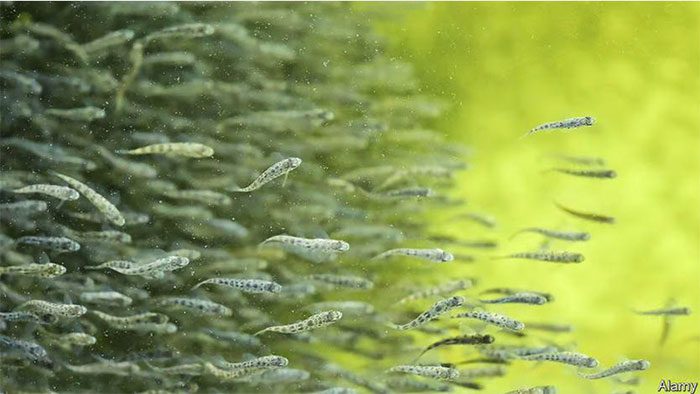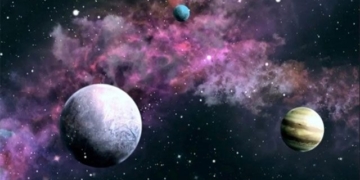New systems that reduce water use and pollution have enabled fish farming to occur worldwide.
The World Bank suggests that 90% of the fish caught globally is exceeding the capacity of the oceans. Therefore, fish farming is becoming increasingly urgent as global demand rises.
Pollution-Free Fish Farming
However, like agriculture on land, aquaculture can cause environmental damage. Many fish species are farmed in net cages, in rivers, or offshore.
Excess feed and fish waste can pollute surrounding waters. Additionally, raising a large number of fish close together increases the risk of disease outbreaks and parasites spilling over from open waters. This necessitates the use of antibiotics and other medications to keep the fish healthy.

90% of the world’s fish catch is exceeding the capacity of the oceans – (Photo: ALAMY)
However, a “Recirculating Aquaculture System”, or RAS, is being developed that can address these pollution issues.
RAS is being implemented at Salten Smolt, one of the most advanced fish farms in the world, located in Skjerstad Fjord, northern Norway.
Inside the main building, which spans 7,000 square meters, are tanks capable of producing 8 million Atlantic salmon per year.
The RAS filtration system allows fish to be raised in tanks on land, with water continuously cleaned and recycled.
This brings three significant advantages. Compared to standard aquaculture systems, RAS farms use significantly less water, reducing water usage by over 99%. At the same time, it allows farmers to better care for the fish and enables them to raise more selective species anywhere in the world.
At RAS farms, unwanted solids—primarily fish waste and leftover feed—are processed first. The remaining waste, which mainly consists of ammonia, as well as phosphorus and heavy metals, is also treated.
Mr. John Sällebrant, production manager at Salten Smolt, stated that the company recycles waste and dries fish manure and leftover feed to convert them into agricultural fertilizers.
According to Mr. Kari Attramadal, head of research at Nofitech, a Norwegian aquaculture company, environmental waste from fish farms contains valuable nutrients. Among these, nitrates can be used as feed for hydroponic crops.
Precision Agriculture
Keeping fish alive in artificial tanks relies on strict control of the entire RAS system. Dr. Attramadal mentioned that if the oxygen system fails, fish could start dying within 8 minutes. However, the need for such careful monitoring also brings about a form of precision agriculture.
For example, salmon prefer cold water. Temperature-controlled tanks provide the ideal temperature at all times without worrying about currents, tides, or weather, promoting fish growth rates.
ReelData, a startup based in Nova Scotia, uses data from cameras and sensors in RAS tanks to estimate fish hunger levels, their weights, and even assess their stress levels. The company claims that their technology can enhance farm productivity by up to 20%.
The downside of RAS is the high cost. This is also why many current systems focus on salmon, a relatively expensive fish.
Seafood accounts for about 17% of protein consumed globally (in some regions of Asia and Africa, this figure is nearly 50%). The OECD, a club of wealthy countries, estimates that global fish consumption will reach 180 million tons per year by the end of this decade, up from 158 million tons in 2020.



















































